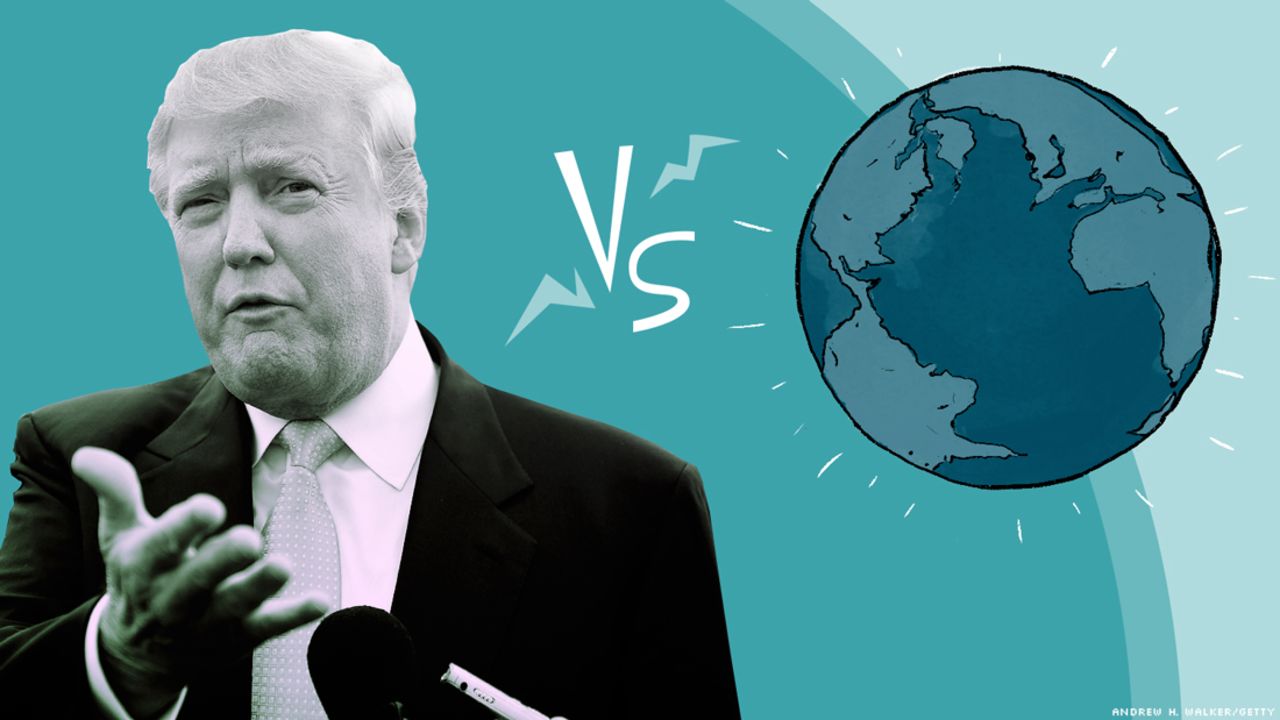After officially taking office on January 20, 2025, President Donald Trump immediately took aggressive steps in trade and immigration policies.
On January 31, 2025, he announced a
25% tariff on imports from
Canada and Mexico and an additional
10% tariff on certain
Chinese goods, citing the need to protect domestic industries and reduce the trade deficit.
However, following negotiations with
Mexico and Canada on border security and drug smuggling, Trump agreed to delay the tariffs for
30 days.
Canada promised to form a joint task force with the U.S., while Mexico deployed
10,000 National Guard troops to strengthen border control.
At the same time, Trump launched a large-scale operation to deport millions of undocumented immigrants, including
conducting widespread raids and building new detention facilities near the border to hold individuals awaiting deportation.
These policies immediately shook financial markets, as investors feared a new trade war could trigger inflation and slow economic growth.
However, there is still hope that the tariffs won’t be permanent, depending on the outcome of negotiations in the next 30 days.
Meanwhile,
DXY surged 1.3%, reaching its highest level in five years.
This increase was not only driven by Trump’s policies but also by rising global uncertainty due to conflicts in the
Middle East and Europe.
Investors are turning to the U.S. dollar as a safe-haven asset, recalling past events such as the
1929-1934 tariff wars, which led to a
60% collapse in global trade and triggered a severe recession.
Source: CEPR
Trump has also taken a more provocative approach in foreign policy.
During his campaign, he promised to
end the Russia-Ukraine war within 24 hours, but so far, no concrete strategy has been revealed.
Many analysts suspect that
Trump will pressure Ukraine into peace negotiations with Russia, potentially forcing Ukraine to cede some of its territory.
What’s more shocking, there are rumors that Trump is considering military action to take control of
Greenland and the Panama Canal.
While there is no solid evidence for these claims, global tensions are rising, further strengthening the U.S. dollar’s dominance in financial markets.
Meanwhile, China responded to Trump’s policies by launching a massive
RMB 6 tn economic stimulus package over the next three years.
This move aims to stabilize economic growth, which stood at
5.4% in 4Q24, and offset the impact of higher U.S. tariffs on Chinese exports.
Source: Trading Economics
Global uncertainty has started to affect IHSG, which has fallen by
3% since the beginning of the year. Banking stocks such as
BBCA, BBRI, BMRI, and BBNI faced the biggest pressure.
Source: Trading Economics
At the same time, the Indonesian Rupiah weakened, and bond yields rose, leading investors to shift towards
dollar-based stocks such as
AADI, ADRO, TPMA, ENRG, PGEO, TINS, and UNTR.
Looking ahead, markets are waiting for more clarity on Trump’s policies. If the postponed tariffs are fully implemented, global markets could face another wave of pressure.
With geopolitical tensions rising and unpredictable economic policies,
2025 is shaping up to be a highly volatile year for the global economy and financial markets.



Comments